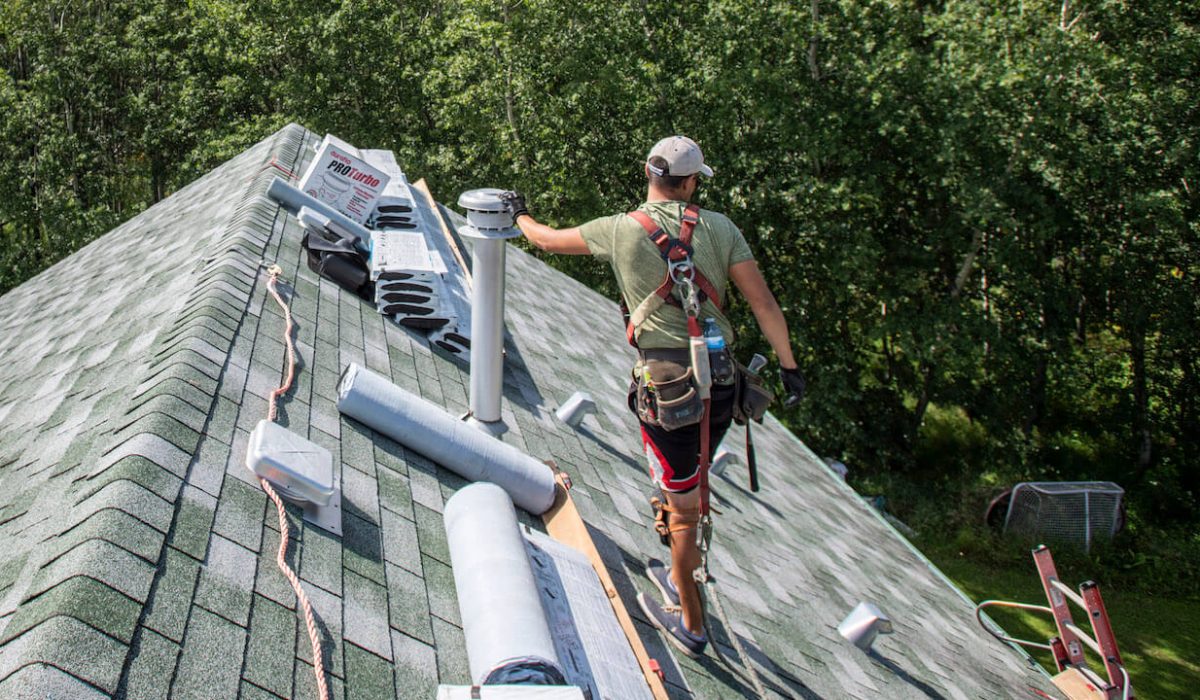How a Home Roofing Inspection Works: What to Expect
A home roofing inspection is a detailed examination of your roof to find potential problems before they become expensive repairs. Any leading roofing company will tell you that regular inspections help protect your home and save money in the long run. During the inspection, professionals check every part of your roof system, from shingles and gutters to the interior, for signs of leaks or damage. Understanding what happens during an inspection helps you prepare and know what to expect from the process.
Scope of Roof Inspection
A roofing inspection covers all the important components of your roof system to assess its condition and identify any potential problems. The inspector examines your roof’s structural integrity, checking for damage, wear, or weak spots that could lead to issues later. They examine shingles carefully, looking for pieces that are missing, cracked, or curling up, which can let water get inside your home. Flashing around chimneys, vents, and skylights gets special attention because these areas often develop leaks if not properly sealed. The inspector also checks gutters and downspouts for blockages or damage that could cause water to pool or overflow. Finally, they evaluate how well water drains off your roof to make sure it flows away from your house properly.
Exterior Assessment Process
The exterior evaluation is where inspectors examine your roof from the outside to spot visible problems. This step helps them understand your roof’s condition without needing to enter your home. Here are three main things they focus on during this part:
- Visual Inspection: The inspector walks around your property to inspect the roof surface, looking for obvious signs of damage, such as missing shingles, cracks, or green algae growth that can compromise the roofing materials.
- Gutter Examination: They inspect gutters for clogs or debris buildup, which can indicate drainage problems that may affect your roof’s performance and lead to water damage.
- Flashing Assessment: The inspector examines the flashing around vents, chimneys, and skylights to ensure these areas are properly sealed and in good condition, as they’re common spots for leaks.
Interior Inspection Overview
After checking outside, the inspector moves inside to evaluate the roof from underneath. They start in your attic, looking for signs of water leaks, such as stains, mold, or mildew. They inspect insulation and ventilation because poor airflow can cause moisture problems. The inspector examines ceilings for water spots or sagging that might indicate leaks. They look for daylight coming through roof boards, which could mean gaps or holes. Interior walls are checked for water damage or discoloration caused by roof problems.
Identification of Roof Issues
When inspecting your roof’s exterior, look for visible signs that may indicate more significant problems with your roofing system. Finding these issues early can save you from costly repairs later. Here’s what to watch for:
- Look for Missing or Damaged Shingles: Check for shingles that are cracked, curled, or completely gone, as these can expose your roof to water damage and leaks.
- Inspect Flashing and Sealant: Examine the metal flashing around chimneys, vents, and skylights for damage or wear. Ensure the sealant remains intact and effectively fills gaps where water can enter.
- Check for Sagging or Uneven Areas: Walk around your home’s perimeter to identify any sagging sections or areas where the roof appears uneven, which may indicate serious structural issues that require immediate attention.
Recommendations and Next Steps
After inspection, schedule a meeting with the roofing professional to review findings. The inspector provides a detailed report that explains the condition of your roof and recommends necessary actions. Based on the findings, you may need minor repairs, maintenance, or a roof replacement. Resolve issues promptly to prevent further damage and extend the lifespan of your roof. The inspector suggests when repairs should be completed to keep your home safe. Following recommendations helps maintain a secure roof that protects your family.
Related Topics:


3 Comments
Comments are closed.